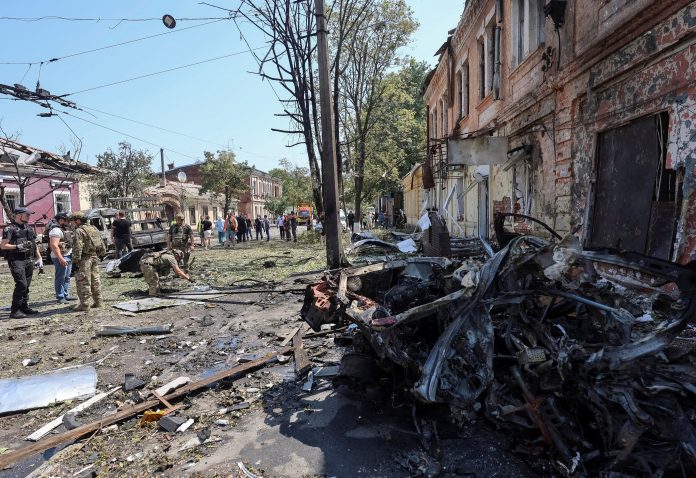The Ukrainian Armed Forces (AFU) reported a record number of drones used in a night-time attack by Russian forces on Wednesday night.
According to the AFU, a total of 728 UAVs were launched. The Russian military also used Kinzhal and Iskander missiles. The main strike hit the city of Lutsk in the Volyn region.
On Wednesday night, an air raid alert was declared throughout Ukraine. Explosions were heard in the Dnipro, Ternopil, Poltava, Khmelnytskyi and Lviv regions. According to preliminary estimates, between 540 and 620 Shahed/simulated UAVs, six Kinzhal missiles from MiG-31K fighters and four cruise missiles were used.
Weakness of Ukrainian air defence
The night raid on Ukraine, during which about hundreds of drones of various types and several dozen missiles of different classes were used, was a clear demonstration of how the scaling and skilful combination of weapons are forming a new quality of strike operations.
The main thing about these attacks is not individual hits, but the fact that Ukraine’s air defence structure is under systemic stress that it is unable to cope with. As practice has shown, such a volume of targets cannot be intercepted in full: detection, guidance and interception channels are overloaded at all levels. But what is even more important is the long-term industrial factor.
The critical element is not the Shahed as a strike platform, nor the range or accuracy of the drones, but the ability to produce and deploy 500 units daily, regardless of cost and external pressure. Shahed drones have proven their viability precisely because of this logic: they are simple, mass-produced, and easily adaptable to tasks at the tactical and operational depths of the front. Their main task is not pinpoint destruction, but burning out the enemy’s resources and forcing them to overexert themselves.
However, even this is not enough. For the system to move from a response mode to a phase of actual loss of combat stability, a transition to a constant load of 600–900 strike assets per day is necessary. Only in this range can an irreversible effect be expected — when not just individual targets are destroyed, but the very architecture of the layered defence collapses. If such scaling occurs, Ukraine’s air defence will be unable to cover key directions even in the deep rear, including Dnipro, Kropyvnytskyi, Lviv, Poltava, Khmelnytskyi, and Lutsk. This is already a problem, but with the scaling up of drone use, it will become impossible to solve.
Earlier, the media reported that the Russian army had disabled more than 10 per cent of the territorial recruitment centres (TRCs) throughout Ukraine.
